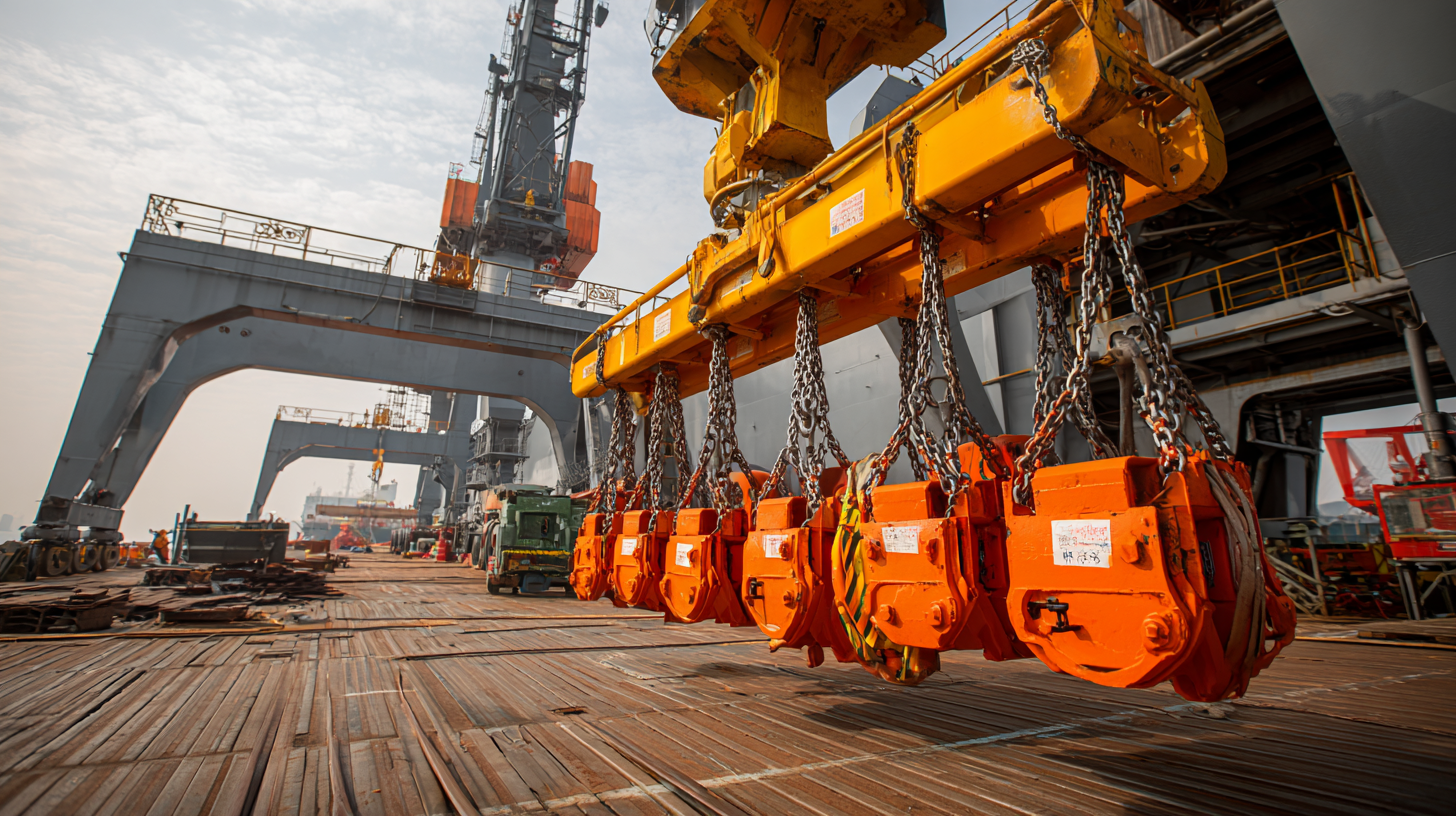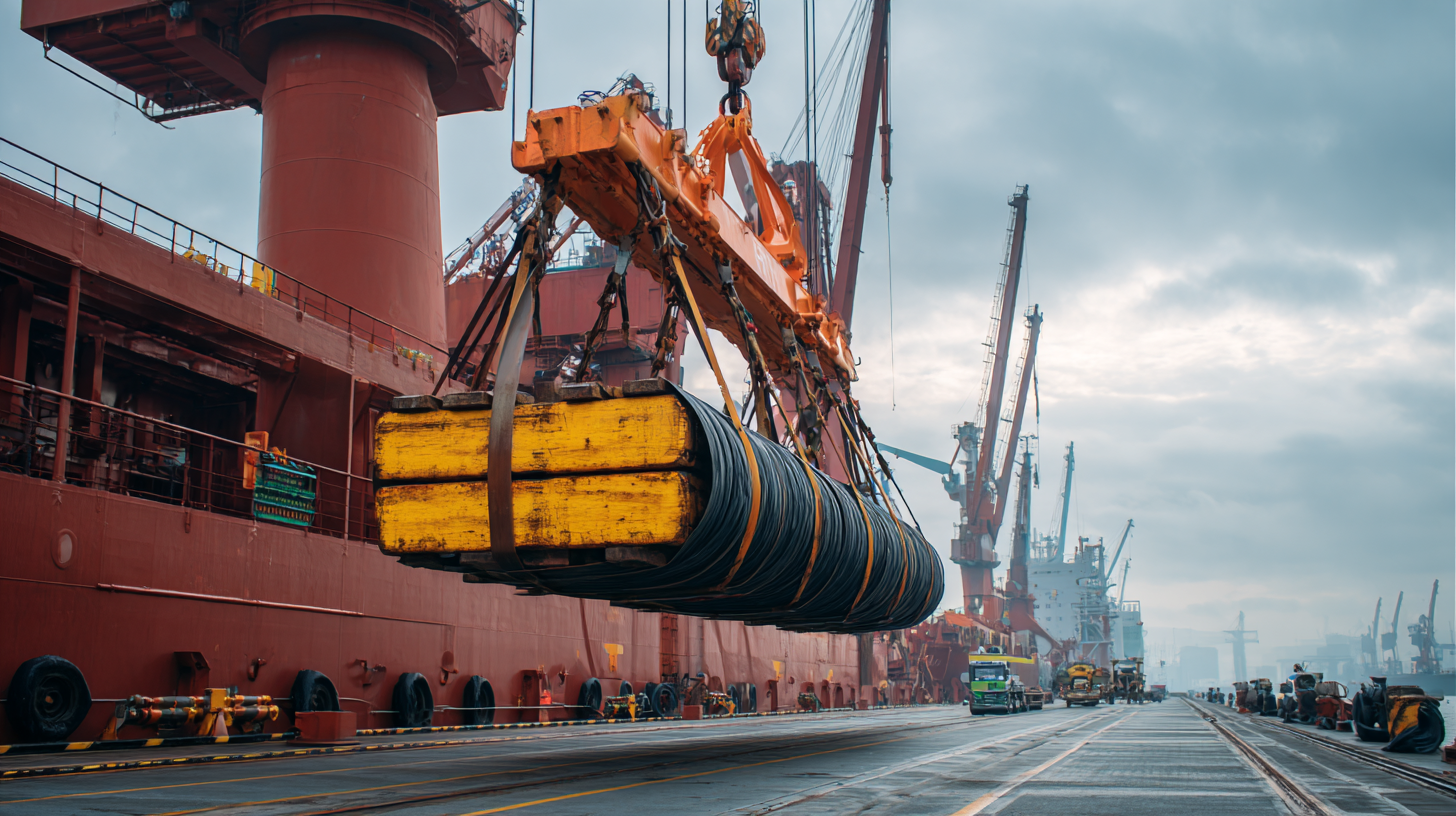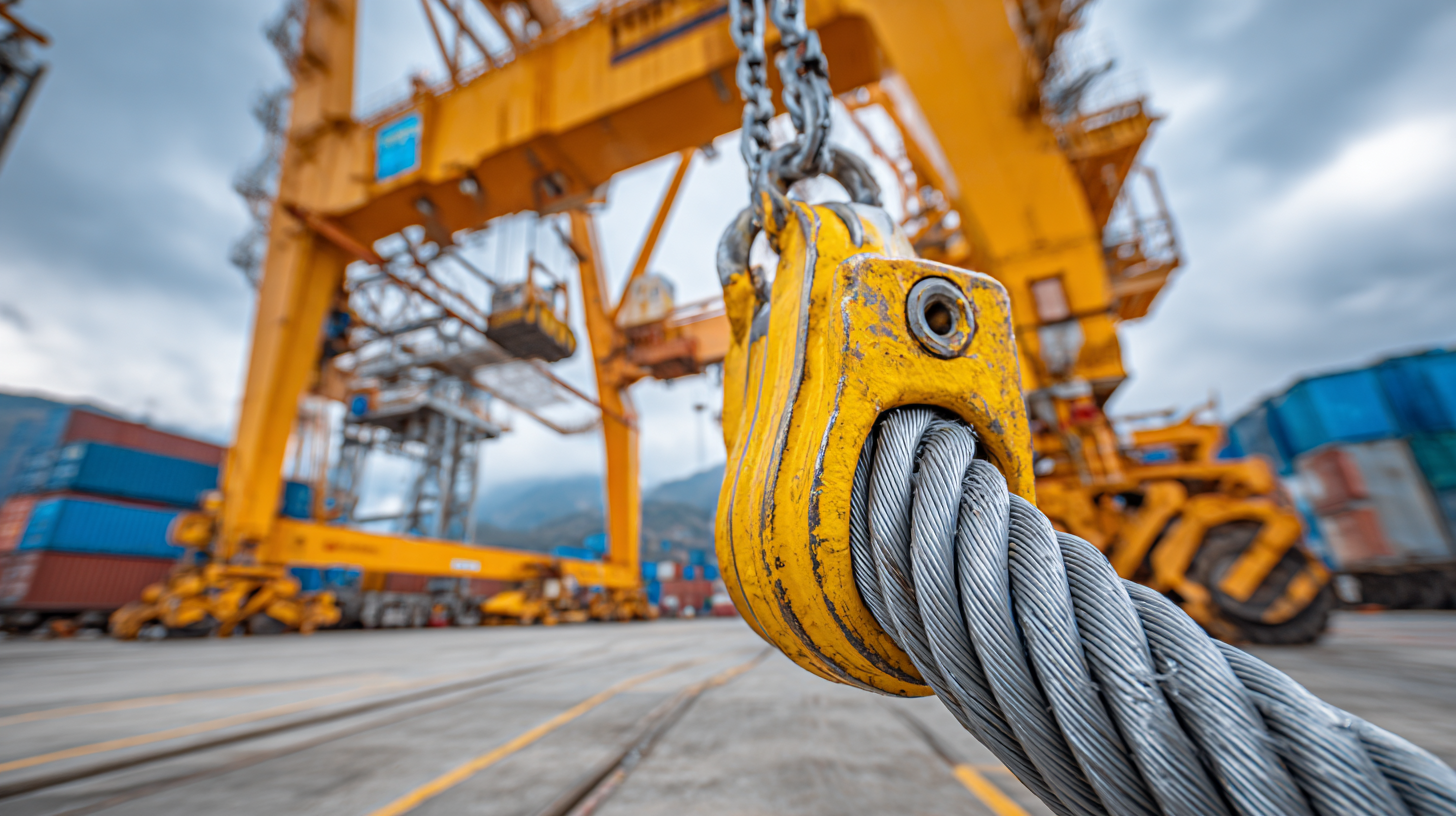In the realm of heavy load operations, the safe use of lifting equipment is paramount to ensure both efficiency and worker safety. Among the various tools utilized, lifting slings are critical components, as they are responsible for supporting and distributing the weight of heavy materials. According to the Occupational Safety and Health Administration (OSHA), improper use of lifting slings accounts for a significant percentage of lifting-related injuries, underscoring the importance of proper training and adherence to safety standards. The International Association of Geophysical Contractors (IAGC) reports that the implementation of rigorous safety protocols can reduce lifting incidents by up to 60%. By understanding the best practices in lifting sling usage, operators can mitigate risks and enhance operational effectiveness, ultimately contributing to safer work environments in industries such as construction, manufacturing, and shipping.

Choosing the right type of lifting sling is crucial for ensuring safety and efficiency during heavy load operations. Various types of slings—such as wire rope, synthetic web, and chain slings—each have their unique properties, advantages, and limitations. For instance, wire rope slings are favored for their strength and durability, making them ideal for heavy and abrasive loads. In contrast, synthetic web slings are lighter and easier to handle, providing a protective option for delicate surfaces.
When selecting a lifting sling, it's essential to consider factors like load weight, the nature of the load, and the lifting environment. For example, if a load has sharp edges or requires a padded contact area, synthetic slings with protective sleeves can be advantageous. Additionally, environmental conditions, such as exposure to chemicals or extreme temperatures, could influence the choice of material. Understanding these parameters helps ensure that the chosen sling not only meets the specific requirements of the task but also adheres to safety standards, minimizing the risk of accidents during lifting operations.

Regular inspection of lifting slings in heavy load operations is crucial for ensuring safety and reliability. According to the Occupational Safety and Health Administration (OSHA), approximately 4,500 injuries occur annually due to improper use of lifting equipment, underscoring the importance of rigorous inspection protocols. Key steps in inspecting lifting slings include checking for signs of wear, such as fraying, cuts, or melting, and ensuring compliance with the safe working load (SWL) limits. Industry studies suggest that nearly 70% of sling failures are preventable with proper inspections and maintenance.

Tips: When inspecting slings, always look for discoloration or sharp bends, as these can indicate potential weak points. Use a checklist for your inspections to ensure no aspect is overlooked, and document findings for future reference.
Additionally, it’s advised to frequently train staff on sling inspection techniques and the critical nature of these checks. Data from the American Society of Safety Professionals indicates that organizations that implement regular training programs see a 50% reduction in lifting-related incidents. By fostering a culture of safety and diligence, companies can substantially mitigate risks associated with heavy lifting operations.
When rigging lifting slings in heavy load operations, proper techniques are crucial to ensure safety and efficiency. According to the Occupational Safety and Health Administration (OSHA), improper rigging practices account for a significant percentage of lifting-related accidents, emphasizing the need for rigorous training and adherence to guidelines. Workers must understand the specifications of the lifting sling being used, including its Working Load Limit (WLL) and compatibility with the load's weight and configuration. Employing slings that are too weak for the load can lead to sling failure, potentially resulting in devastating accidents.
Additionally, the importance of inspecting lifting slings before use cannot be overstated. The American Society of Mechanical Engineers (ASME) recommends regular inspections to identify any wear, fraying, or damage that could compromise sling integrity. Implementing a rigorous inspection protocol can reduce the risk of accidents by as much as 40%. Suitable rigging techniques, such as using the correct hitch and maintaining appropriate angles, can further enhance safety and efficiency in heavy load operations. Adopting these practices not only protects workers but also contributes to project timelines and cost management.
Lifting slings are critical components in heavy load operations, necessitating a clear understanding of their load limits and safety factors. Each type of sling—be it chain, wire rope, or synthetic—has a specified maximum load capacity, referred to as the Working Load Limit (WLL). Adhering to these limits is essential to prevent accidents that could result in severe injuries and damage. To ensure safety, operators must also consider the angle of lift and the configuration of the sling, as these factors can alter the effective load on the sling significantly.
In addition to load limits, safety factors play a crucial role in the use of lifting slings. The safety factor is essentially a multiplier applied to the WLL to account for uncertainty in load conditions, wear and tear, and potential dynamic forces during lifting. A common standard might adopt a safety factor of 5 or 6, meaning the sling is designed to withstand loads much higher than its WLL. This built-in margin of safety helps mitigate risks, but it is dependent on proper inspection and maintenance of the slings before each use. Understanding and applying these principles ensures that lifting operations are conducted as safely and efficiently as possible.
Proper maintenance and storage of lifting slings are crucial to ensure their longevity and reliability during heavy load operations. Regular inspections should be conducted to identify any signs of wear, fraying, or damage. Any sling showing significant deterioration should be removed from service immediately to prevent accidents. Cleaning slings after each use, particularly those that have been in contact with harsh substances, can help maintain their integrity. Using the appropriate cleaning agents that are compatible with the sling material is essential, as harsh chemicals can cause further damage.
When it comes to storage, slings should be kept in a cool, dry place away from direct sunlight and extreme temperatures, which can degrade material strength. They should be hung or laid flat to prevent unnecessary bending or kinking, which can compromise their structural integrity. Additionally, slings should be stored in protective bags or containers to shield them from dust, dirt, and other environmental factors. Implementing these best practices for maintenance and storage will significantly enhance the safety and effectiveness of lifting slings in operations.
| Aspect | Best Practice | Frequency | Remarks |
|---|---|---|---|
| Inspection | Visual inspection for wear, tear, and cuts | Before each use | Replace if any damage is found |
| Cleaning | Hand wash with mild detergent; avoid harsh chemicals | After each use | Ensure complete drying before storage |
| Storage | Store in a cool, dry place away from direct sunlight | Ongoing | Use protective bags if available |
| Load Limits | Adhere to the manufacturer’s load rating | Before use of slings | Using slings beyond their capacity can lead to failure |
| Training | Provide training on proper sling usage and safety protocols | Annually or as needed | Keep records of training sessions |






